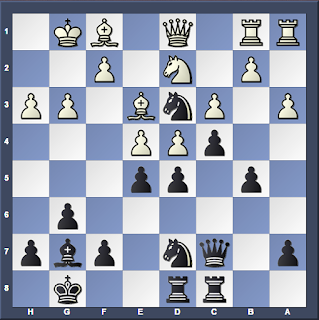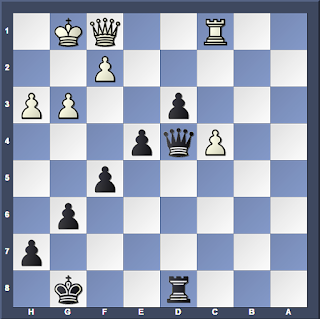Jan
19th at The Harley
School 27th annual 9am-12:30pm
Jan 26th at India Community Center 12th annual 9am-12:30pm
Feb 2nd at Geneva North Street School 13th annual
9am-12:30pm
Mar 2nd at Seton Catholic School 23rd annual 9am-12-30pm
Mar 23rd at Chess Center “ Woman’s + Girl’s” 17th annual 9:30am-3:00pm
Apr 27th at Wayne Elementary School 4th annual
9am-12:30pm
Also,
at Rochester Chess Center 10am-1pm $5 entry: Jan 12, 19; Feb 9, 16, 23; Mar 9,
23, 30; Apr 6, 13, 20
For
more experienced players @ Saratoga Springs
52nd annual NY State Scholastic Championship Mar 9,10;
@ Strong Museum of Play 41st
annual Marchand Open Mar 16,17.



















